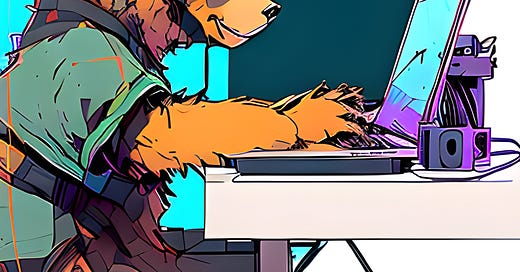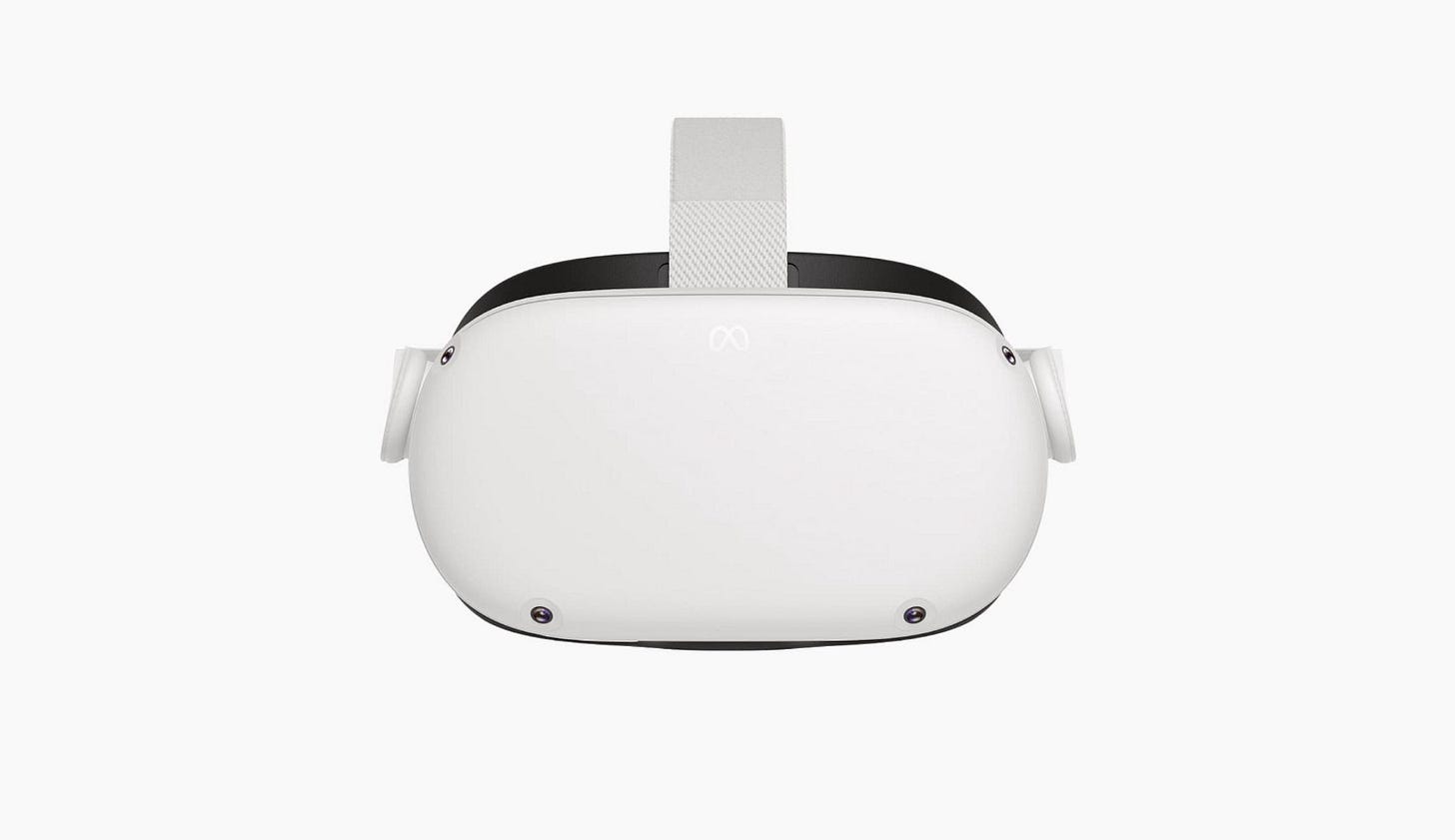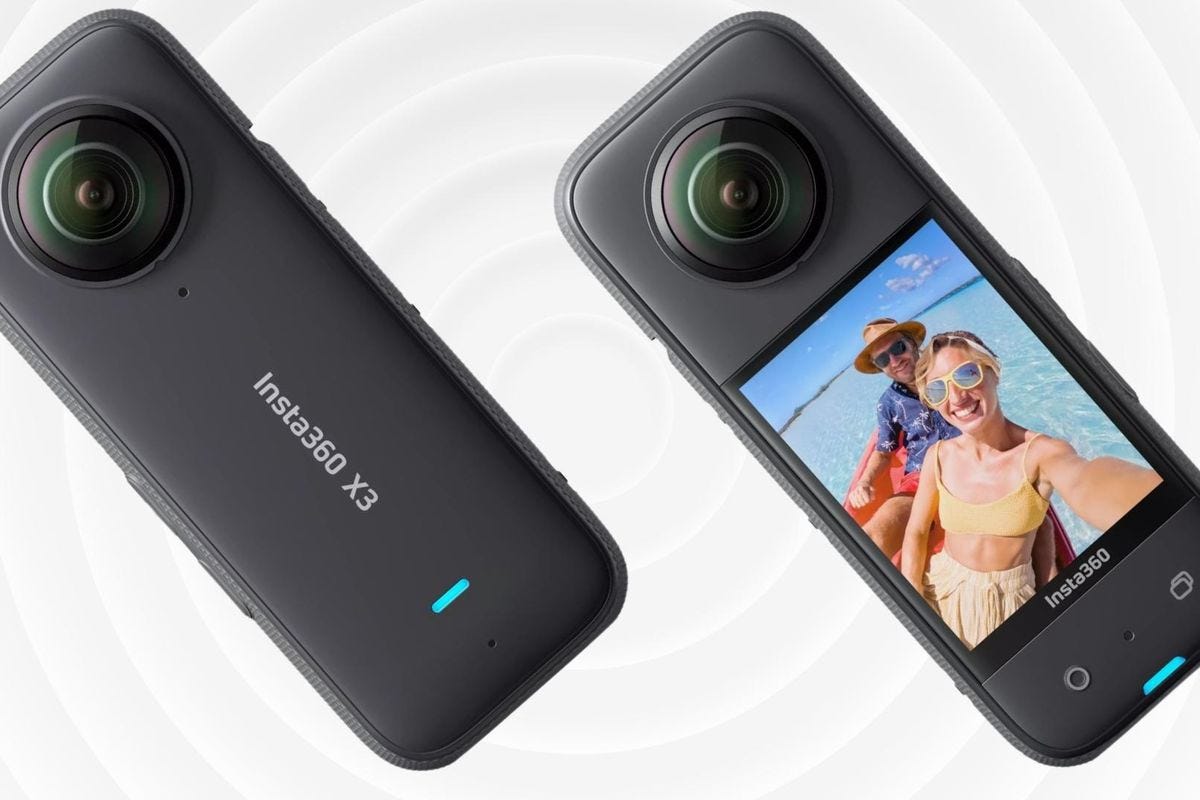Indigenous VR Starter Kit
A practical guide for low resource communities to start VR development
I finally decided to write down a quick intro into the tooling required for VR production (a draft of this sat around for about 6 years…). Over the years I keep getting requests on “how did you do that?” This is a reference of tools I have found useful for a bare minimum setup for VR developing.
Meta Quest 2
You need VR headgear! This $400 device is a great place to start and requires no computer for your users.
A new device is out, the Quest Pro, but the Quest 2 sufficient to get started and they’re cheap enough you can have multiple headsets. There are other headsets, but none are cheaper and have as much support as this headset. In other words, most developers and tutorials you will find will focus on the Meta Quest.
Unity 3D
Unity is a proprietary game engine with broad support for most devices (including mobile phones, desktop and of course VR) and extensions allowing for VR/AR and gaming on across nearly every platform. There are alternatives, however I have found Unity to be consistent and a safe technical choice.
You can build your first VR game/experience using Unity’s 3D scene editor with interaction provided through C# scripts (a programming language) or a visual language called Bolt (A future post of mine will go over this). Most important it’s free to start!
Installation
Installation is actually very simple for Unity, simply install the latest LTS. You want to use LTS because it is more stable and it is very important to keep using the same version of Unity for a single project. It’s normal for Unity updates to break projects, so don’t update until you start a new project or must update.
For setup I strongly suggest following this guide, the guide uses Unity 2020 so I suggest installing that version: https://learn.unity.com/course/create-with-vr
You can also use a newer version of Unity LTS found here: https://unity3d.com/unity/qa/lts-releases
VR Camera
You don’t need a camera, but if you want to document real life events or stage 360 live action content you will need one. To get started I would recommend a simple consumer 360 camera like the Insta360 camera.
You can find one on Amazon or other stores. Once you record on the device you will then need to edit the video or transfer to your headset. If you buy the Insta360, or any popular 360 camera from GoPro, you can simply play the video on your headset.
Bigger better professional cameras, with support for high resolution 3D content, are often best rented vs buying. I suggest having a simple 360 camera even if you plan to use a profession camera on a shoot to prototype shots, things look very different in VR vs in real life. I have found it useful for scouting and creating rough shots.
Getting your content onto your headset will require a bit of work and a topic of a future post...
Development Computer
To develop content you also need a development computer: I recommend a Windows gaming laptop with 500 gigabytes to 1 terabyte of harddrive space, a recent Intel or AMD CPU, and most importantly an Nvidia 3050 ti or newer GPU. A decent gaming laptop from Dell can be had for about $1,500: https://www.dell.com/en-us/shop/dell-laptops/sr/laptops/alienware-laptops/1001-1500?appliedRefinements=23715
You don’t want to buy too cheap a computer as you’ll probably need to replace it quicker so I suggest buying what you can afford as this computer will be your partner for a few years.
I personally use a Macbook for emails/reading/etc and own a desktop PC for serious dev work, generally the development experience for VR is better on a PC, but it is possible to use an Apple laptop.
Optional Software Tools
I’ll cover these more in depth in a different post, but I use these tools myself:
Android Command Line Tools
The Oculus Go, and other VR headsets, are basically android phones so you can use them: developer.android.com
Homebrew or Chocolatey
You don’t strictly need a package manager, but it makes life easier for advanced command line tool users. Homebrew and Chocolatey are for Macs and PCs, respectively, allow you to quickly install and uninstall apps. Your development computer is going to get complicated and this helps you manage what apps exist.
Apple Only:
PC Only:







